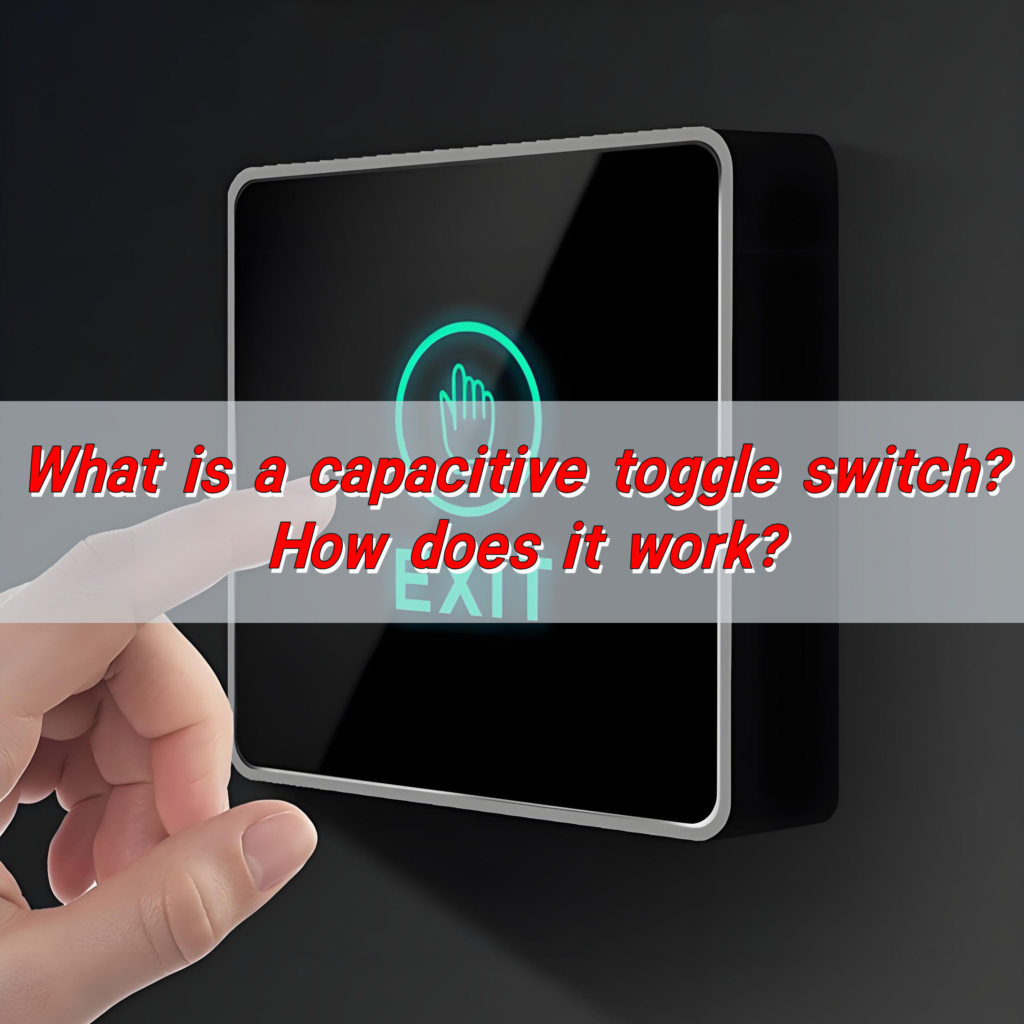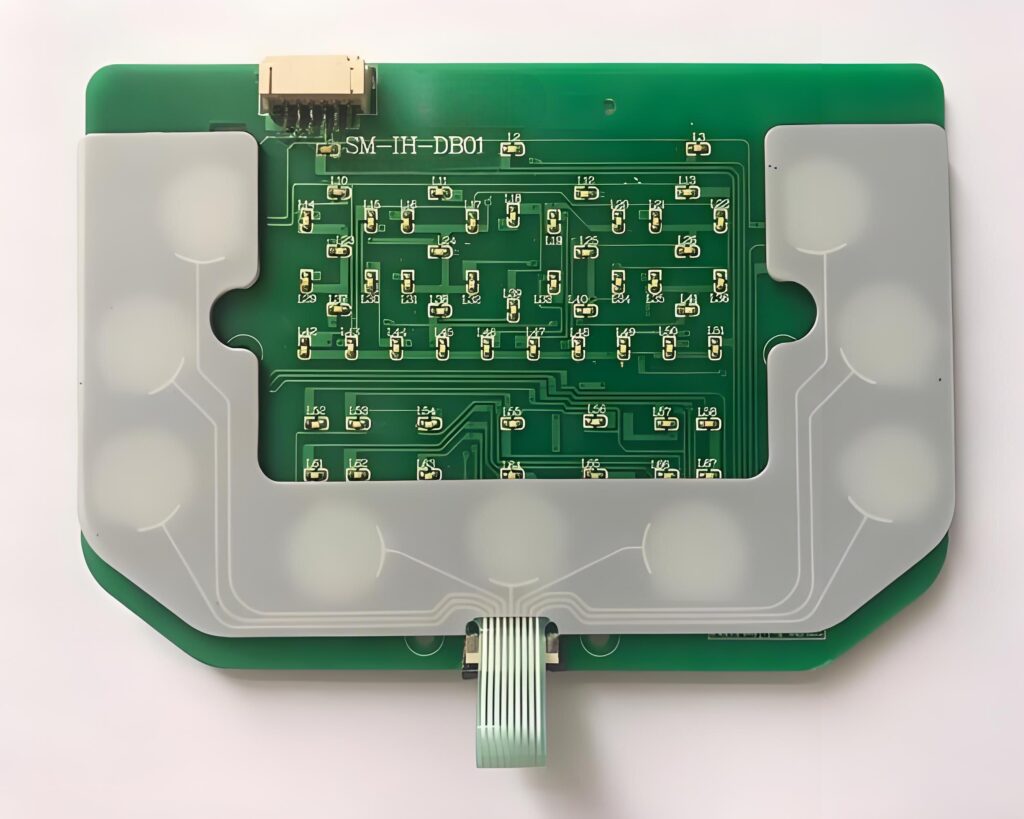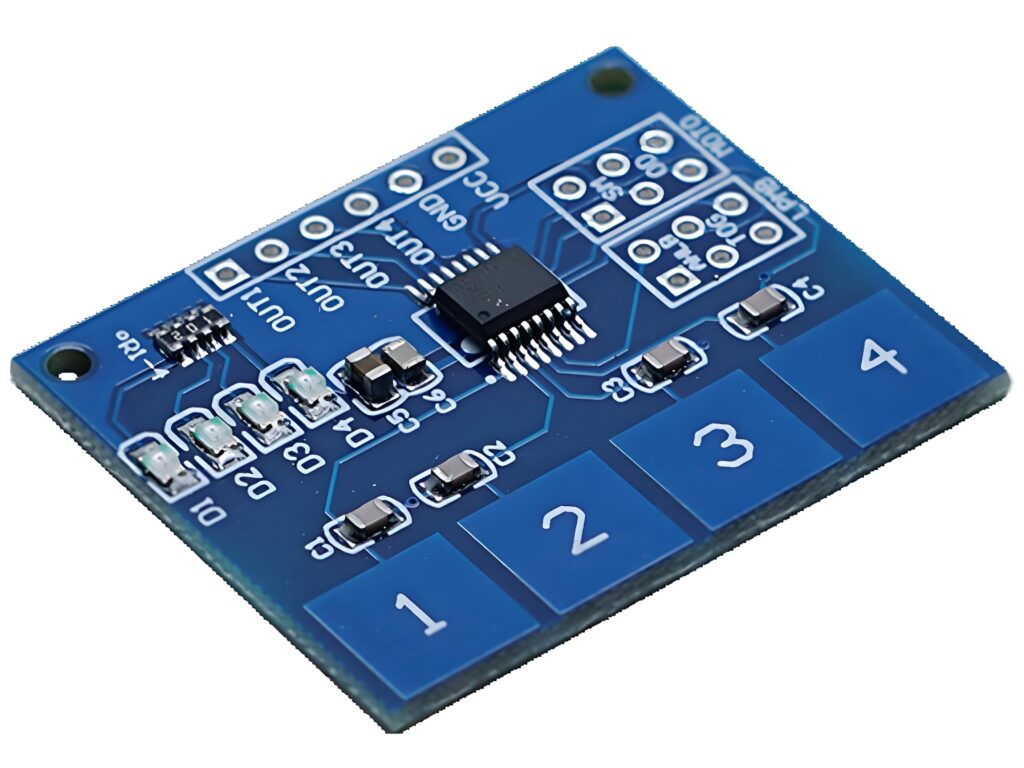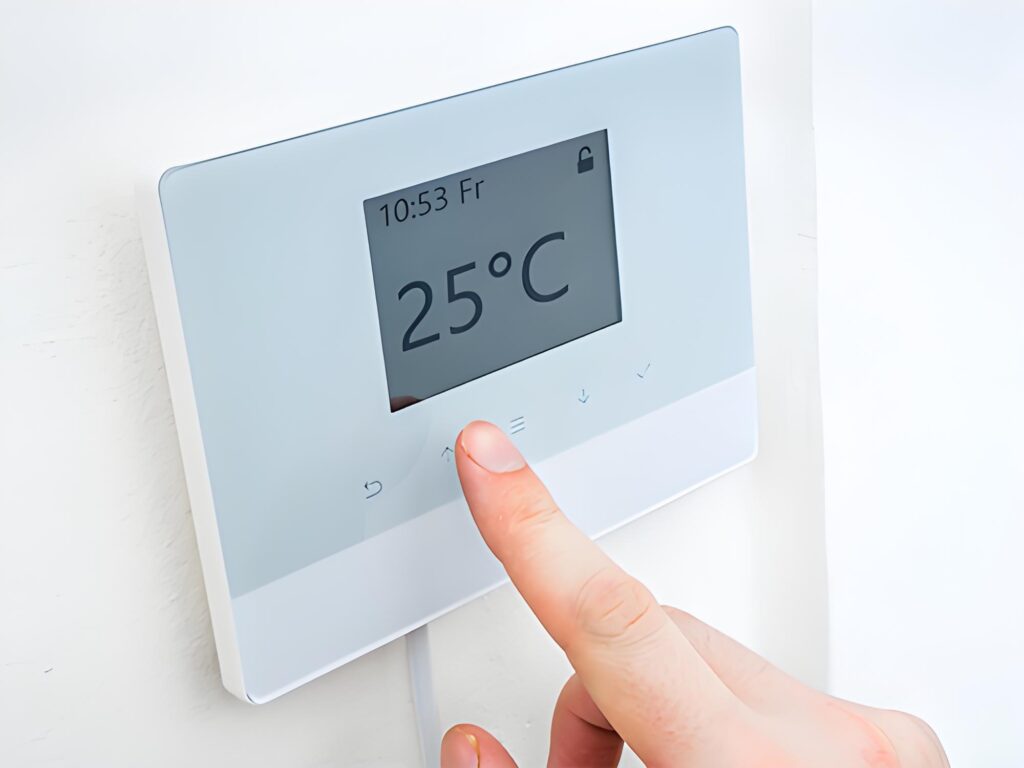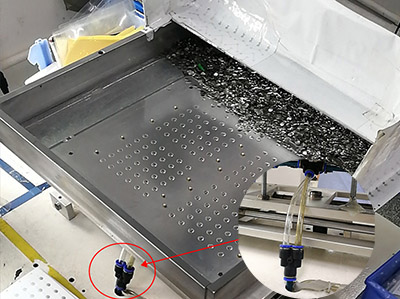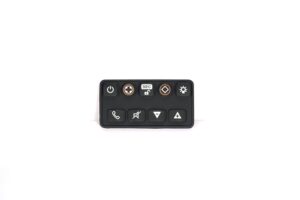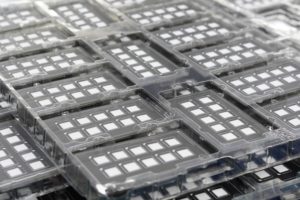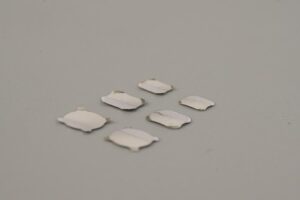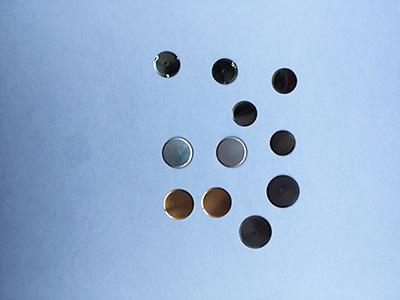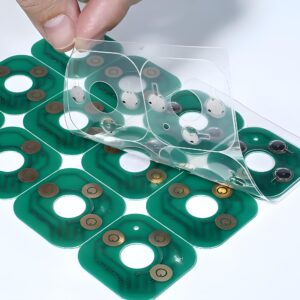Capacitive toggle switch is an advanced type of switch that operates without physical contact. Unlike traditional mechanical switches, which rely on pressing a button or flipping a lever, a capacitive switch detects the presence of a conductive object—typically a human finger—by sensing changes in capacitance. This makes it highly reliable, durable, and ideal for various applications, from consumer electronics to industrial controls.
What is a capacitive switch?
Capacitive switch is a type of touch-sensitive electronic control that responds to the slightest touch rather than requiring physical pressure. It works by detecting variations in capacitance, an electrical property that changes when a conductive material, such as a finger, comes close to the sensor.
Unlike mechanical switches, which involve moving parts that wear out over time, capacitive switches offer a smooth, contactless experience, making them highly durable and maintenance-free.
These switches are commonly found in smartphones, kitchen appliances, touch-sensitive lighting systems, industrial machinery, and medical devices. The technology enables a sleek, futuristic design, often allowing switches to be embedded behind glass, plastic, or other non-conductive materials. This makes them not only more durable but also resistant to water, dust, and debris, making them perfect for demanding environments where reliability is crucial.
What does a capacitor switch do?
Capacitor switch, another term for a capacitive switch, serves as a responsive interface that controls electronic circuits without mechanical movement. Instead of relying on physical force, it detects subtle changes in an electric field caused by a user’s touch.
The primary function of a capacitor switch is to toggle electrical states—turning devices on or off, adjusting volume, dimming lights, or activating specific features in electronic equipment.
Beyond basic on-and-off functionality, these switches provide precision and reliability that mechanical switches often lack. Their resistance to wear and environmental factors makes them ideal for industrial applications, where dust, moisture, and repeated use could degrade traditional switches.
How does a capacitive switch work?
The fundamental principle behind capacitive switches is capacitance variation. Every capacitive switch consists of a sensing electrode, a control circuit, and a switching mechanism. The sensor generates a small electric field, which remains stable until a conductive object—such as a human finger—alters it. This change in capacitance is detected by the circuit, which then triggers the intended action, whether it’s turning a light on, adjusting a setting, or engaging a motorized function.
There are two main types of capacitive sensing methods. Self-capacitance uses a single electrode that detects the increase in capacitance when touched, whereas mutual capacitance relies on two electrodes working together to sense changes in the electric field. Mutual capacitance is often more precise and allows for multi-touch functionality, as seen in modern touchscreens.
One of the most significant advantages of capacitive switches is their ability to function through a wide range of insulating materials, including glass, plastic, and acrylic. This feature enables innovative designs where touch-sensitive surfaces can be completely sealed, making them waterproof and easy to clean—critical in industries such as food processing, healthcare, and consumer electronics.
When should I use a capacitor in a circuit?
Capacitors are essential components in many electronic circuits. They are used when a circuit requires stability, filtering, or temporary power storage. In capacitive switches, capacitors enable the sensing mechanism by detecting changes in charge levels when a user interacts with the switch.
In power supply circuits, capacitors help smooth out fluctuations and maintain consistent voltage levels.
In audio and communication circuits, they filter out unwanted noise and improve signal clarity.
In motor-driven applications, they store and release energy to ensure smooth operation.
Their role in capacitive switches is even more critical, as they determine the device’s ability to accurately detect touch and differentiate between intentional and accidental activations.
What does a capacitor do in a switch?
In a capacitive switch, the capacitor is the core component that enables touch detection. It works by storing an electric charge and monitoring how that charge changes when a conductive object comes close.
When a finger touches the switch, it introduces additional capacitance, which alters the charge stored in the capacitor. The system detects this change and triggers the switch, either activating or deactivating the connected circuit.
Capacitors in capacitive switches also help stabilize the sensing process. Without them, the switch could be highly sensitive to environmental changes, leading to false triggers.
By properly regulating the stored charge, capacitors ensure that the switch operates reliably, even in challenging conditions such as high humidity or fluctuating temperatures.
What is the difference between inductive and capacitive switches?
Inductive and capacitive switches both allow for contactless operation but differ in how they detect objects. Capacitive switches respond to changes in capacitance caused by a conductive object, making them ideal for human interface applications. Inductive switches, on the other hand, rely on electromagnetic fields to detect metal objects.
Inductive switches are commonly used in industrial automation, where they detect the presence of metal parts moving through a production line. They are unaffected by non-metallic materials and work reliably in harsh environments.
Capacitive switches, in contrast, are designed for applications that require human interaction, such as touchscreens, smart home devices, and modern appliances. Their ability to detect touch without requiring pressure makes them a preferred choice for sleek, modern interfaces.
What is capacitive switch vs mechanical switch?
The fundamental difference between a capacitive switch and a mechanical switch lies in their method of activation. Mechanical switches require physical movement to open or close a circuit, often using a spring-loaded mechanism that wears out over time.
Capacitive switches, however, operate with no moving parts, relying solely on electrical capacitance changes to function.
The absence of mechanical components in capacitive switches results in several advantages. They are more durable, resistant to dust and moisture, easier to clean, and aesthetically more appealing.
Unlike mechanical switches, which can become unresponsive or worn with repeated use, capacitive switches maintain their sensitivity and effectiveness over a much longer lifespan.
What is an example of a capacitive sensor?
Capacitive sensors are everywhere, playing a crucial role in modern technology. One of the most common examples is the touchscreen on smartphones and tablets, which uses capacitive sensing to detect finger movements and gestures.
Unlike resistive touchscreens, which require physical pressure, capacitive screens respond to the lightest touch, providing a smooth and responsive user experience.
Other common applications include touch-sensitive light switches, which allow users to turn lights on and off with a simple tap, and automotive controls, where capacitive touch buttons replace traditional mechanical buttons on car dashboards.
In the medical field, capacitive sensors are used in sterile environments, where buttons and controls must be operated without direct physical contact to prevent contamination.
Conclusion:
Capacitive toggle switches have revolutionized modern electronics by offering a touch-sensitive, durable, and maintenance-free alternative to traditional mechanical switches. By detecting changes in capacitance, they provide an intuitive and seamless way to control devices without the need for physical pressure. Their resistance to wear and environmental factors makes them far superior to mechanical switches in many situations. If you’re looking for high-quality capacitive switches or metal dome solutions, reach out at sales@metal-domes.com for expert guidance and premium products.


